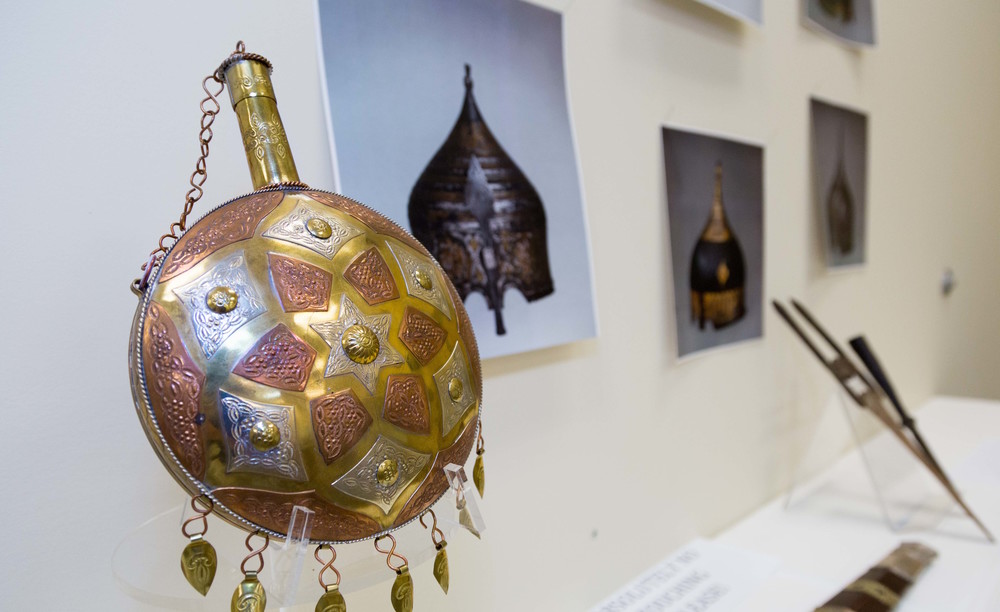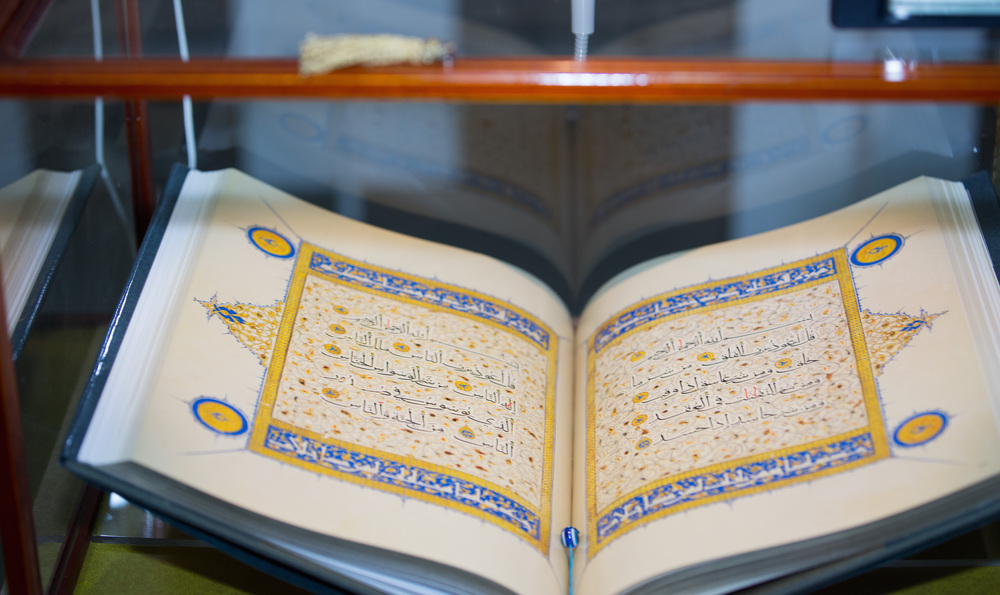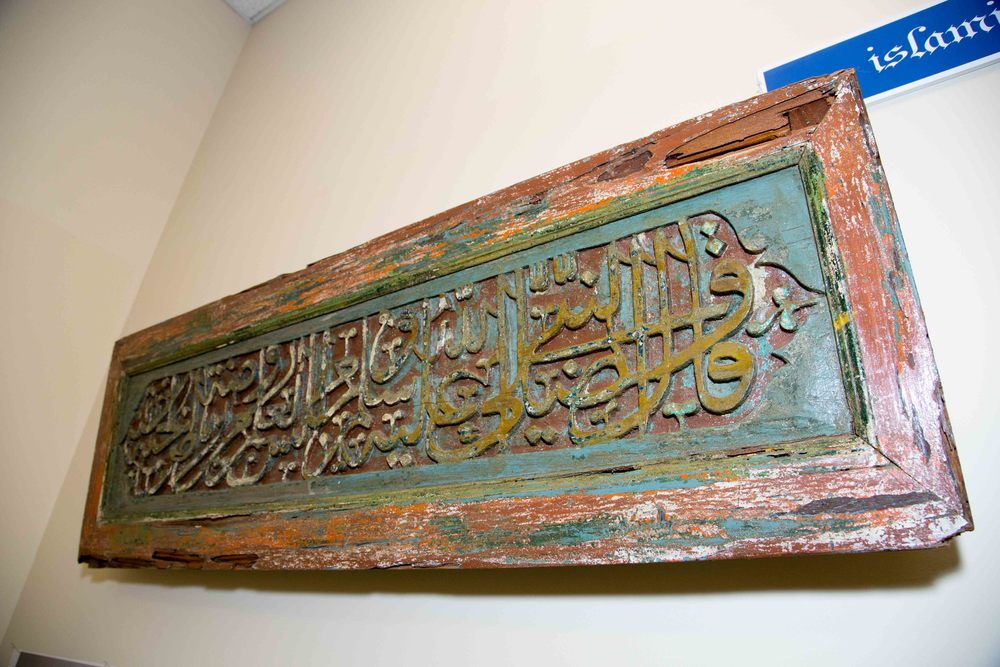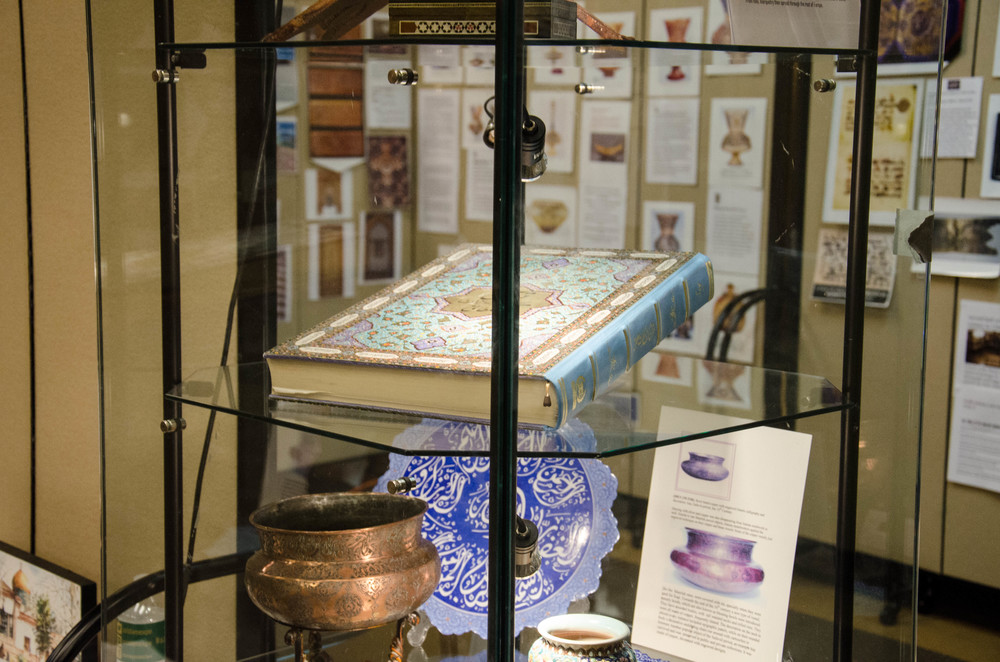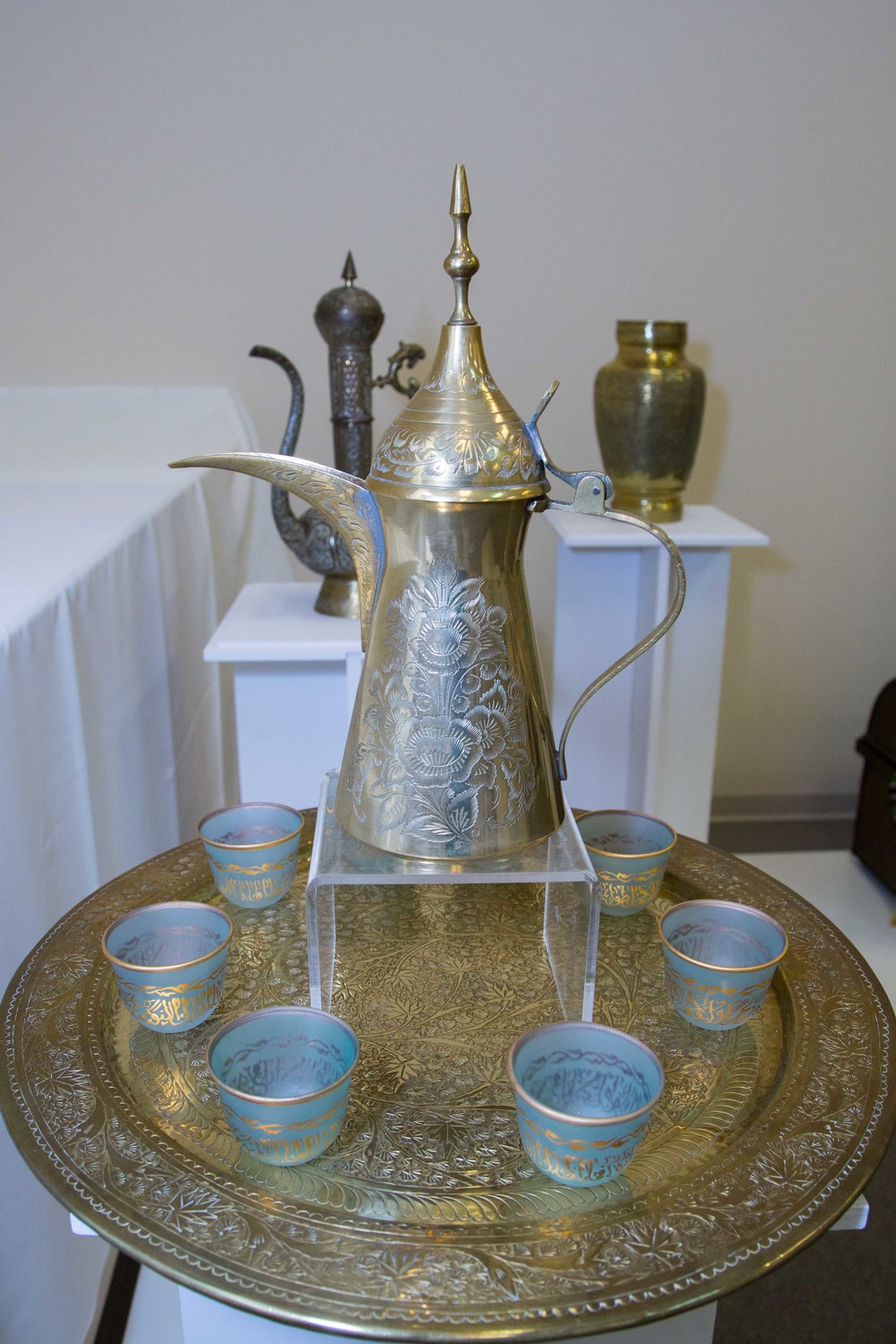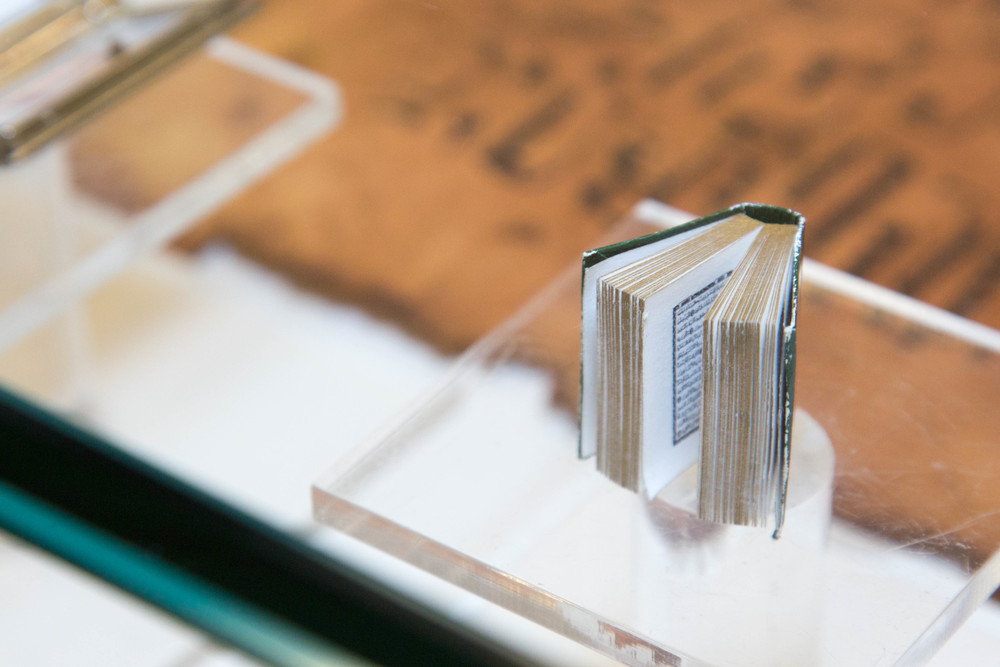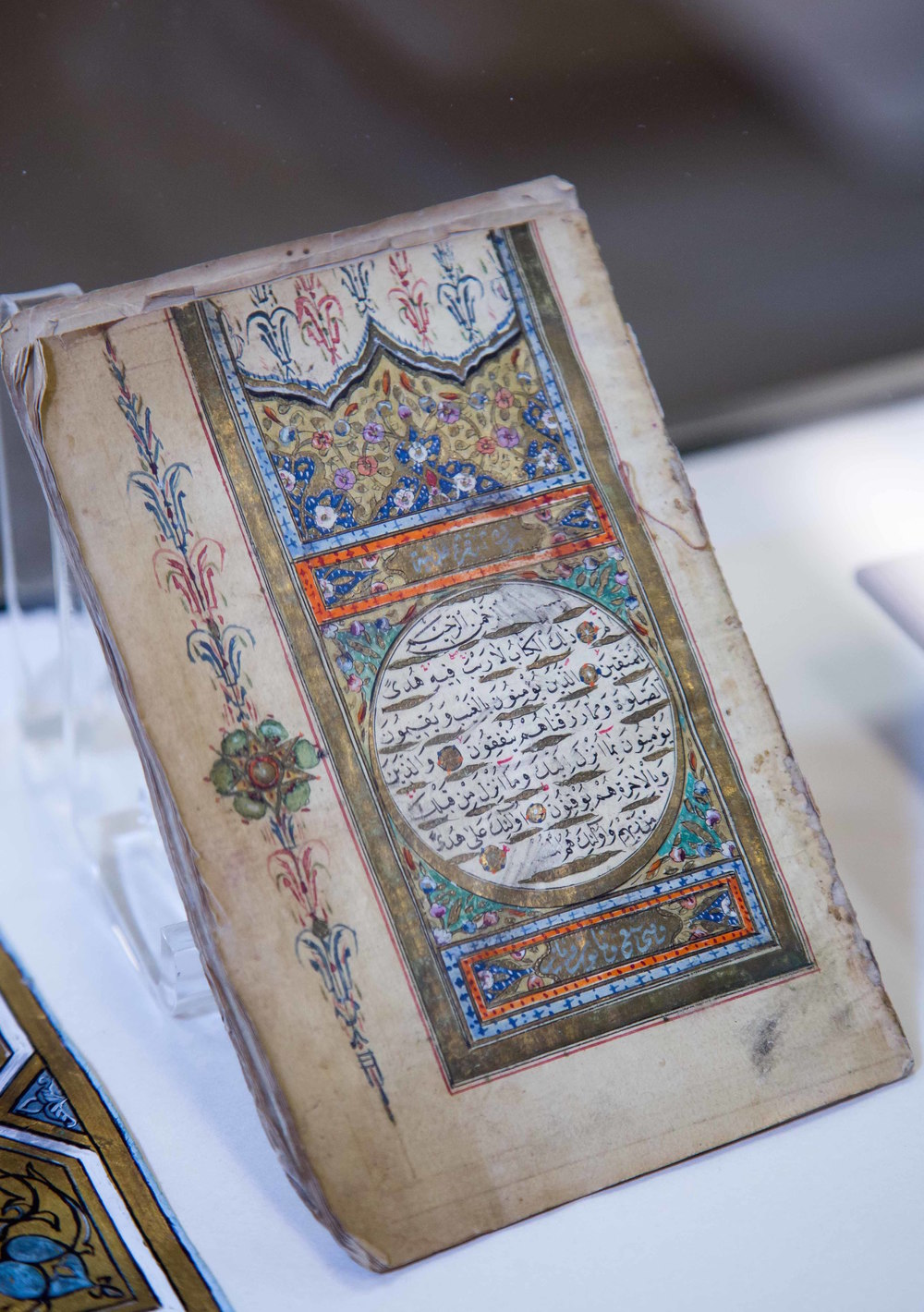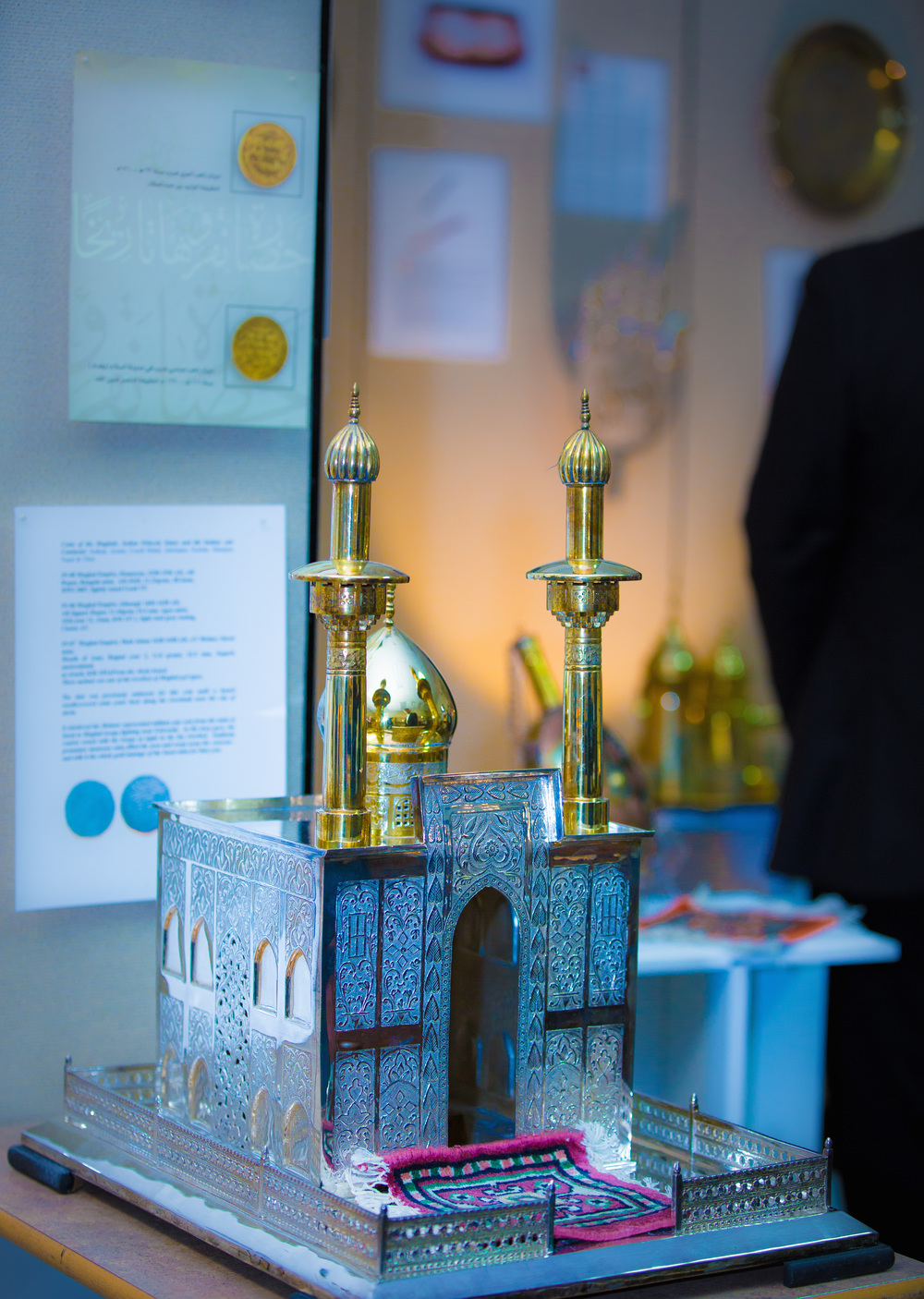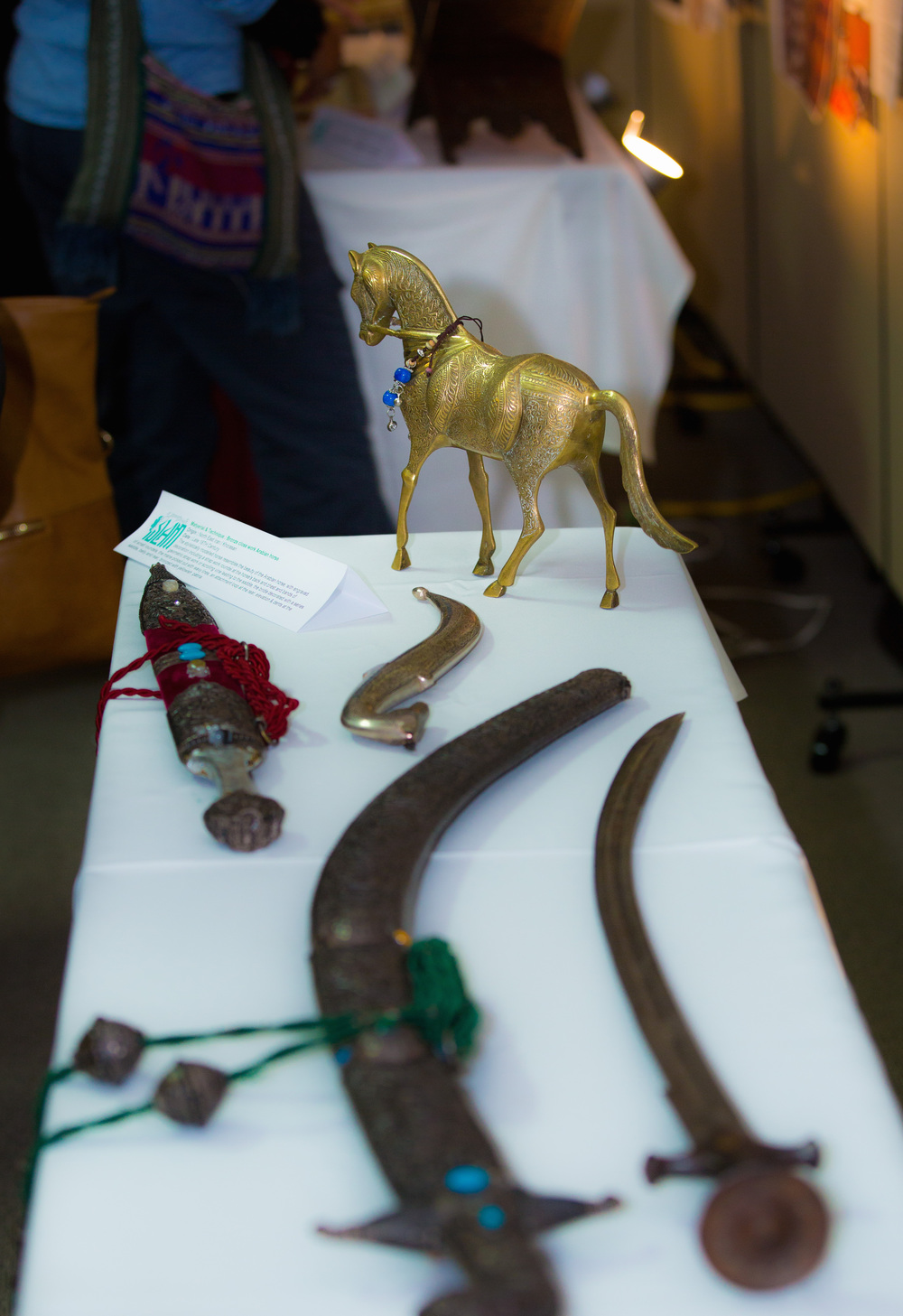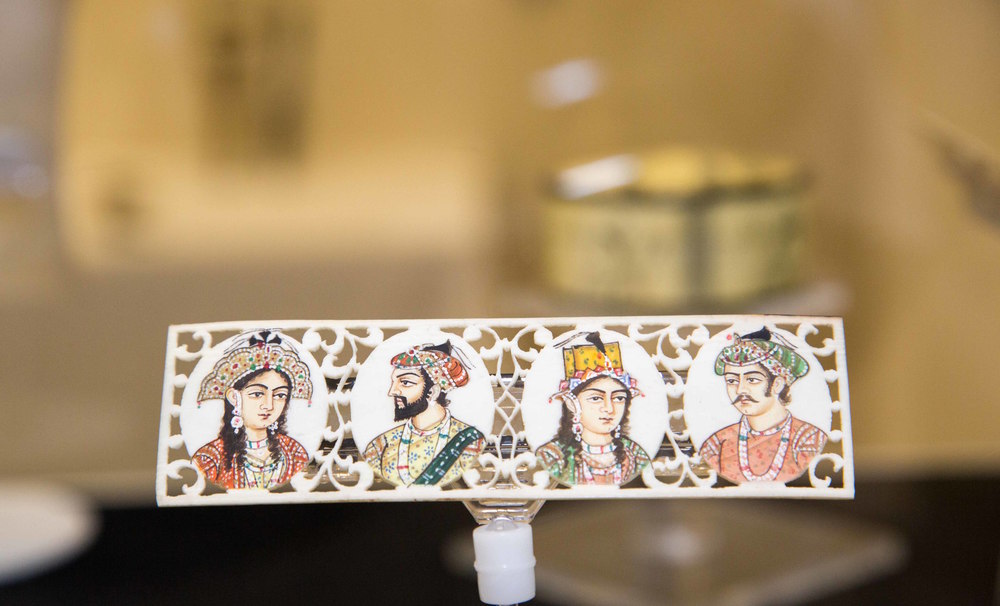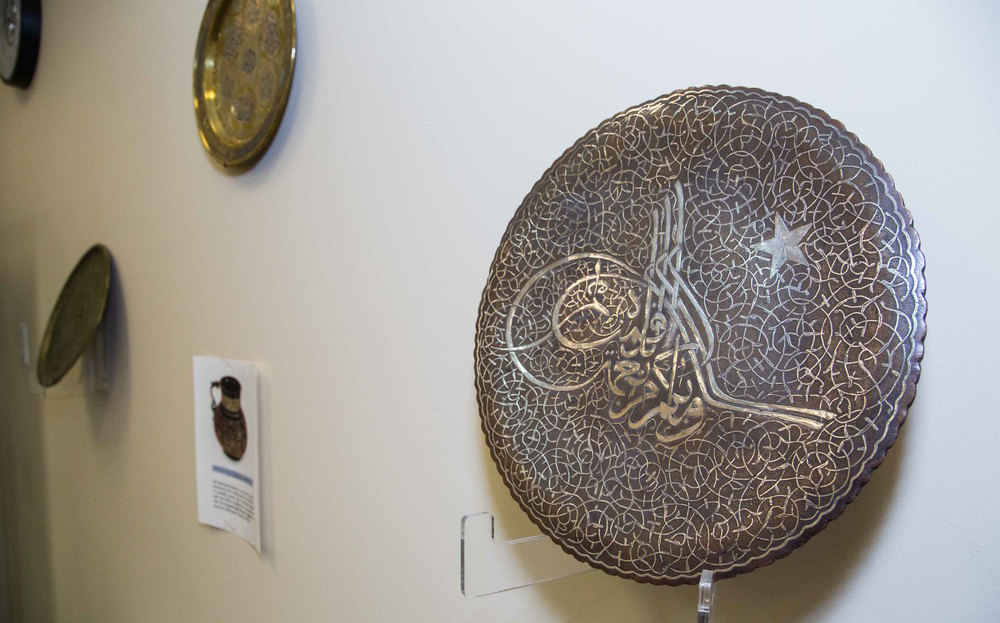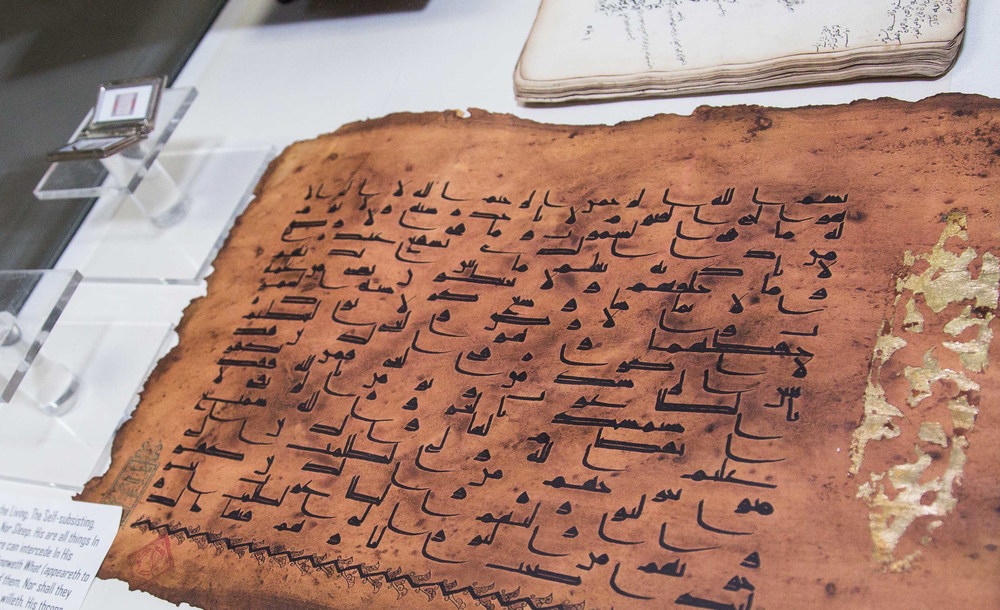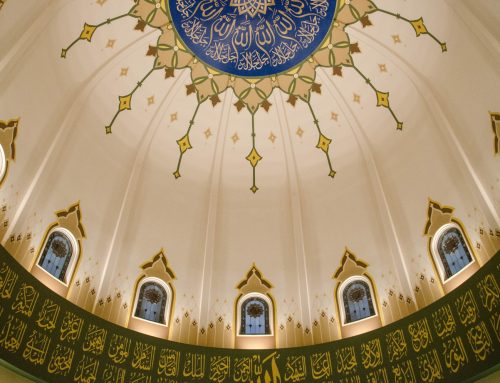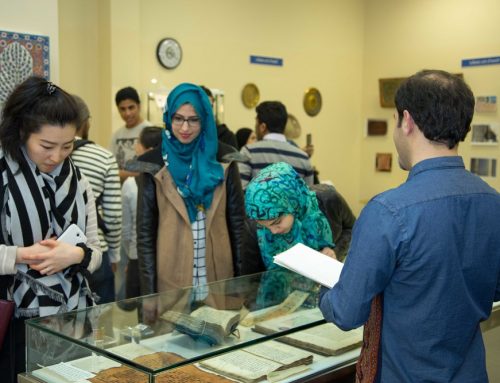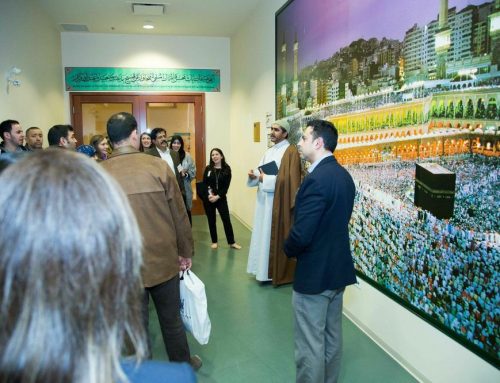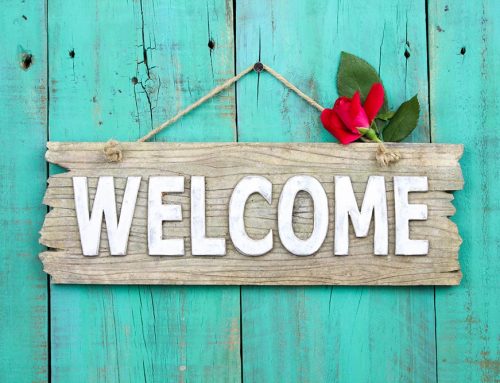Islamic art is a concept that encompasses vibrant and distinctive art forms, originating in seventh century Arabia. However, it is not limited to religious work, and includes artistic productions from various cultures. Many works of Islamic art incorporate regional aesthetics, and often exhibit influences from many different traditions.
The word iqra, meaning ‘read,’ is believed to have be the first word revealed to Prophet Muhammad (s). Reading, writing, and the production of knowledge are highly valued in in Islam, and calligraphy—often featuring verses from the Qur’an or lines of poetry—are used as a decorative element in art and architecture. Books are also a prominent art-form, and Arabic calligraphy can can be found on everything from ceramic bowls to the walls of mosques and houses.
Geometric and vegetative motifs are also very popular in Islamic art, and often appear in the architectural designs of mosques, private palaces, and other buildings, including the Alhambra in Spain. Such motifs are also prominent in the detailed metal work of Safavid Iran. Certain architectural features are distinct and identifiable throughout the world. Mosques often feature domes, minaret, and a mihrab; arches, gardens, courtyards, and mausolea are also common in Islamic architecture, yet vary in style and appearance from region to region. You can learn more about the architecture of mosques at our Prayers exhibit.
Bilal Hammoud, a local artist and art collector, has curated a breath-taking exploration of artistic themes in the Museum of Islamic Art, an exhibit that has been a part of A Journey Into Islam since its inception. The exhibit poses the question, “what makes Islamic art Islamic?” The Museum of Islamic Art visually portrays the diversity of Islam through art, and addresses the geographical and historical origins of each object in the gallery. Hammoud’s exhibit attempts to challenge assumptions, and create a space for dialogue on the role of art in Islam.
The Museum of Islamic Art is annually a highlight of the event, and you definitely don’t want to miss it! Here are some images of the exhibit over the past four years:

